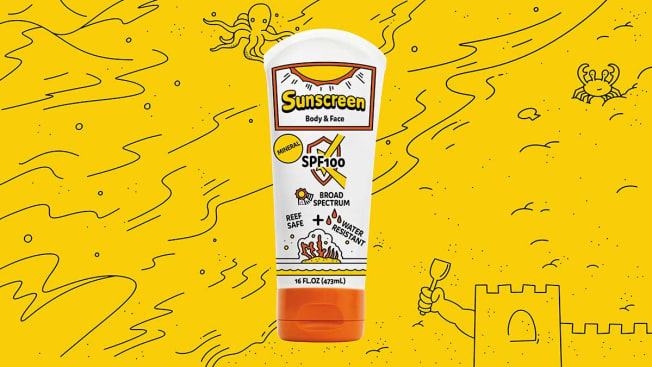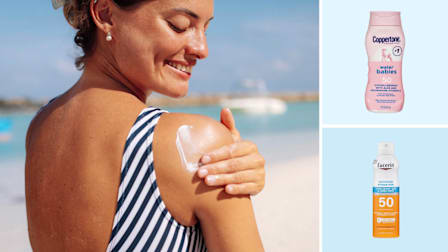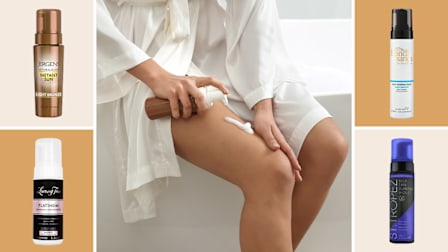How to Read Sunscreen Labels
We translate the most common sunscreen terms, including SPF, reef safe, and broad spectrum
When you shop through retailer links on our site, we may earn affiliate commissions. 100% of the fees we collect are used to support our nonprofit mission. Learn more.

To ensure the best sun protection, it’s important to know exactly what you’re getting when you pick up a bottle of sunscreen. “Much of what you see on the label is marketing, which can make it difficult to decode what’s truly meaningful,” says Joshua Zeichner, MD, director of cosmetic and clinical research in dermatology at Mount Sinai Hospital in New York City. But other terms have regulated definitions set by the Food and Drug Administration. Below, we explain what the various claims really mean.
Most Common Terms on Sunscreen Labels
Understanding Sunscreen Labels
Trisha Calvo, a health editor who covers sunscreens for Consumer Reports, explains how to go about decoding labels on sunscreens.
@consumerreports Know how to speak sunscreen as we explain what some of the labels on sunscreen bottles really mean. #sunscreen #sun #labels #healthtok
♬ original sound - Consumer Reports
Top-Rated Sunscreens
If you’re eager to use your newly found knowledge to buy a new sunscreen, check out CR’s ratings of over 90 sunscreens, or the best mineral and spray sunscreens if you know which type you prefer. Below, we highlight six highly rated sunscreens from our tests.
Editor’s Note: An earlier version of this article appeared in the July 2022 issue of Consumer Reports magazine.
































